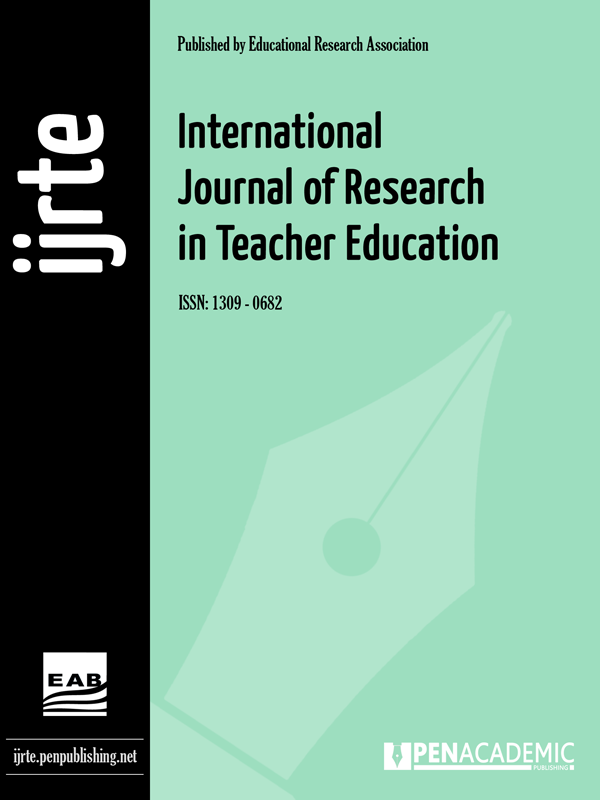Research article | Open Access
International Journal of Research in Teacher Education 2010, Vol. 1(2) 61-69
Capturing Educational Change in Conceptual Metaphors. Implications for Teacher Education
pp. 61 - 69
Publish Date: March 01, 2010 | Single/Total View: 141/750 | Single/Total Download: 154/1.591
Abstract
Since the 1990s Poland has launched major changes into its socio-political and educational systems. Our goal is to investigate the impact this may have had upon learners' and teachers' educational concepts. Employing guidelines offered by Conceptual Metaphor Theory (CMT), data were collected from English as a foreign language (EFL) teachers and learners and classified according to coherence patterns. The data from both groups reveal a dynamic character of the concepts in question. The stage of ontogenetic development (i.e. time of entering the learning/teaching system) influences the static/dynamic character of educational metaphors. This questions validity of claims treating metaphors as static signs rather than dynamic sign-processes. Via an inductive approach to CMT, one can capture conceptual changes within individuals, whether learners or teachers, which may serve teacher education.
Keywords: conceptual metaphor, educational discourse, data-driven approach
APA 7th edition
SIEK-PISKOZUB, T., & STRUGIELSKA, A. (2010). Capturing Educational Change in Conceptual Metaphors. Implications for Teacher Education. International Journal of Research in Teacher Education, 1(2), 61-69.
Harvard
SIEK-PISKOZUB, T. and STRUGIELSKA, A. (2010). Capturing Educational Change in Conceptual Metaphors. Implications for Teacher Education. International Journal of Research in Teacher Education, 1(2), pp. 61-69.
Chicago 16th edition
SIEK-PISKOZUB, Teresa and Ariadna STRUGIELSKA (2010). "Capturing Educational Change in Conceptual Metaphors. Implications for Teacher Education". International Journal of Research in Teacher Education 1 (2):61-69.
